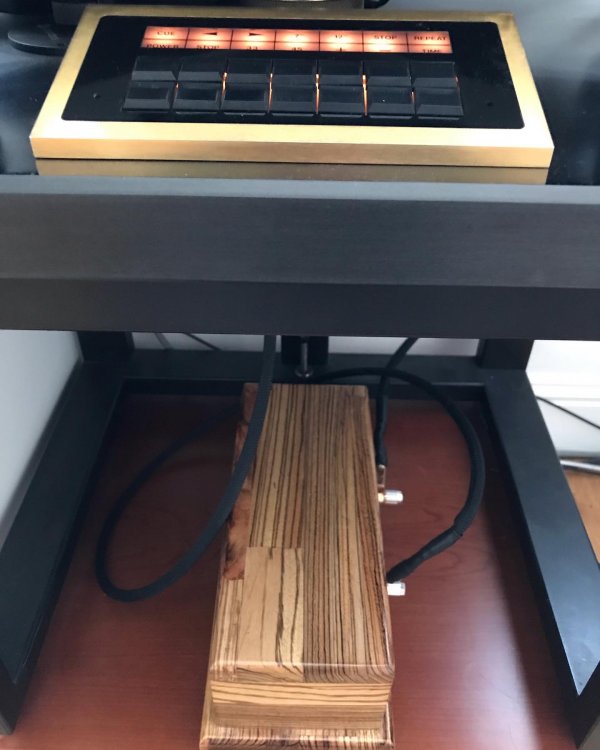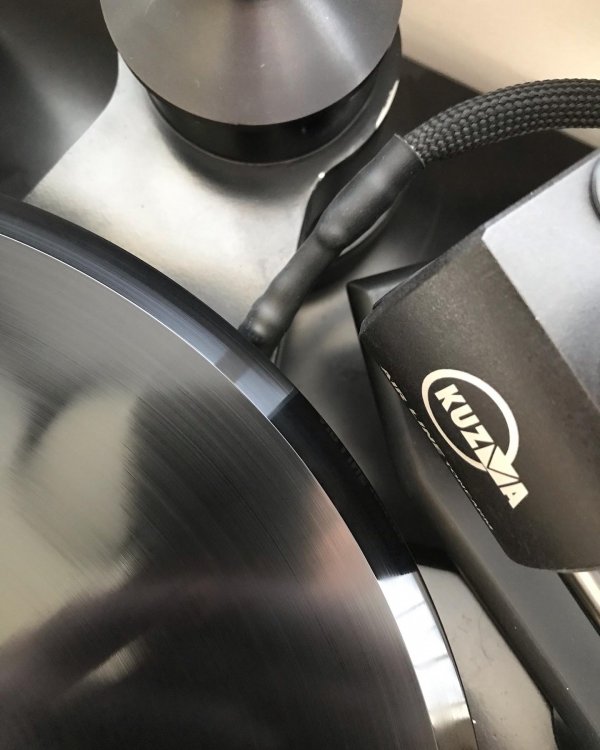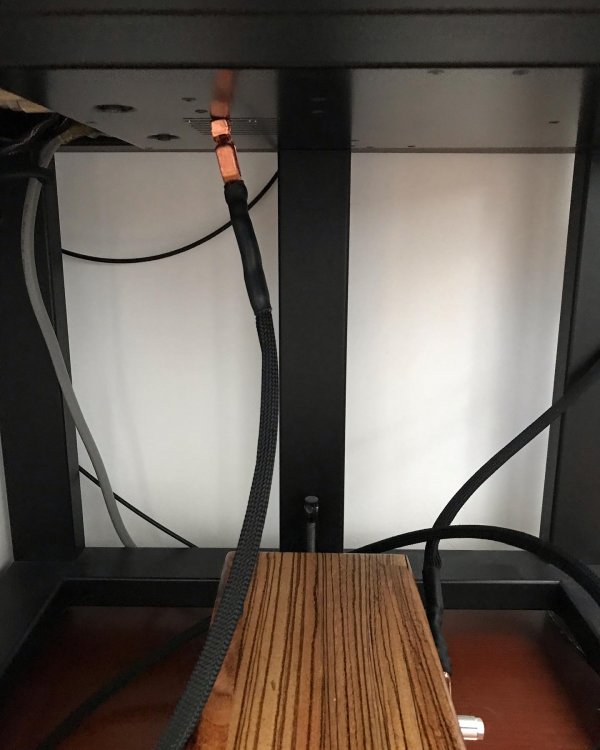The issue is capacitance. It can affect a resonance that the cable capacitance has with the inductance of the cartridge and all phono preamps have an input capacitance that affects things in a small way- the capacitance of the cable dominates that equation.
If the phono preamp is unhappy with the RFI caused by that resonance it will act up- and sound different with different cables. The cartridge loading resistor is actually detuning this resonance and preventing the RFI, but it also decreases the compliance of the cartridge.
The mechanism for the RFI is that the electrical resonance present whenever there is an inductance and capacitance in parallel can go into what is called 'excitation' (in radio parlance) simply from the energy of the cartridge itself, even though the output of the cartridge isn't anywhere near the frequency of the resonance (which with LOMC cartridges can be anywhere from 100KHz to 5MKz depending on the capacitance of the cable and inductance of the cartridge). LOMC cartridges typically have a coil that is wider than it is long; this sort of coil is said to have a high 'Q' factor (Q for 'quality'). The higher the Q the sharper the resonance. So the peak of the resonance with this kind of cartridge can be as much as 30dB!!! Some (a lot, actually) of phono preamps really are not that happy with 2 or 3 MHz at 1000x or so higher than the signal level being injected into the input of the preamp!
That is why cables can make such a difference. BTW SUTs are an entirely different matter; for one thing they usually can't pass the RFI along and thus no surprise that some people think they can sound better. But if your preamp is immune to this sort of thing (the sign of a designer that understood the implication of inductance and capacitance in parallel

) then you won't find this to be the case.
If you want to get off the cable game and simply get the most resolution out of the cable you need to go balanced. Cartridges are balanced sources (which is why you have that weird ground wire no other single-ended source seems to need...) and LOMC cartridges are also quite low impedance. So you can run a low impedance balanced line to the phono input (if its also balanced) and pretty well get rid of
all that cable interaction. If you combine that with a phono section that also has immunity to that RFI issue not only do you not have to worry about cartridge loading and what that does to compliance, but you also won't have to worry about how the cable is affecting the sound since it won't.
......i recently added Stage 3 XLR interconnects for my Wadax combo. but a great phono cable is a specific beast since it's dealing with such a tiny signal. a Stage 3 phono might be great......i have no idea.
www.whatsbestforum.com















